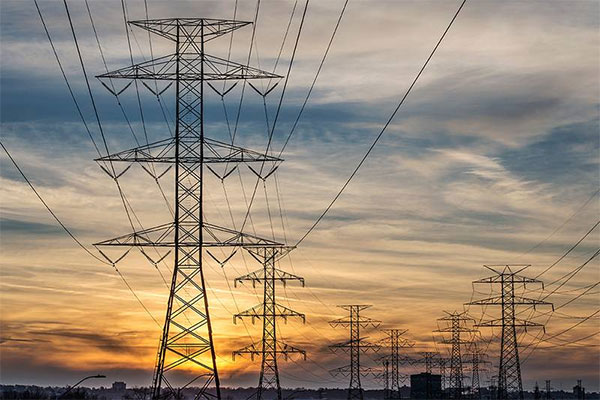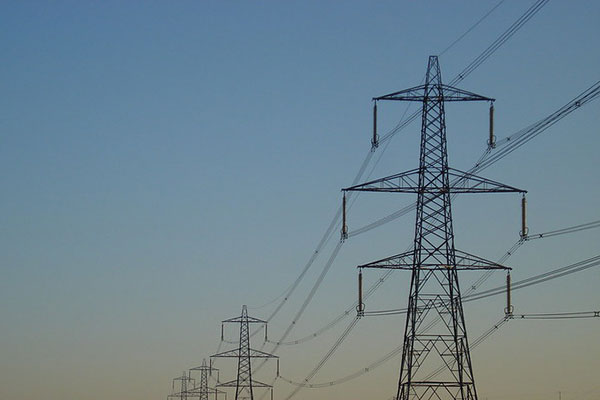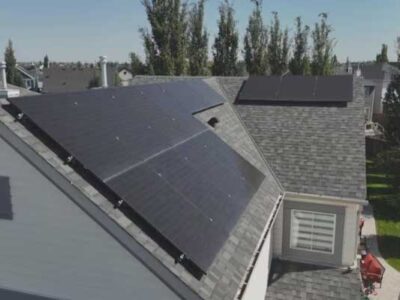On the Friday afternoon before the week of the Canada Day holiday, the Ford government in Ontario quietly announced a change to the province’s electricity rate structure. Going forward, industrial energy consumers are no longer to be subject to the “Global Adjustment” (GA) component of their electricity costs.
This is a significant development, as the GA which has been where the costs of capital investments in the province’s electricity system, such as those associated with refurbishing the province’s fleet of aging nuclear power plants, have been embedded into consumers’ electricity bills.
In the result, the GA has come to account for eighty percent of the electricity portion of consumers’ bills, representing a major component of the overall rate increases seen by Ontario electricity consumers over the past decade.
The government’s announcement therefore effectively constituted a major electricity rate break for the province’s industrial consumers, leaving residential and smaller commercial consumers to cover a larger portion of the province’s electricity costs than ever. Taxpayers are left with a larger bill as well, as the province has been keeping electricity rates artificially low through a de facto $5.6 billion/year subsidy out of general revenues. That amount constituted the major portion of the province’s $7.4 billion pre-COVID-19 deficit.
There are further twists to the story. Under a program first introduced in 2011, industrial consumers could already avoid the GA if they reduced their electricity consumption by 25 percent during the peak five hours of electricity consumption over the year. This was intended to help the province manage critical peaks in electricity demand when system capacity was pushed to the limit.
Quite unintentionally, the opportunity to “GA-bust” had created what had turned out to be a critical space for innovation and entrepreneurial behaviour in the province’s electricity system. With the abandonment of its renewable energy development efforts and energy efficiency strategy and recommitment to established technologies like nuclear, the system was otherwise increasingly perceived as what has been called in other contexts an “innovation wasteland.”
A variety of start-ups and energy management companies had emerged to provide industrial consumers with ways of managing their peak electricity demand using new energy storage technologies, coordinating demand reductions among different facilities, microgrids, distributed energy resources (DERs) and renewable energy sources. These types of practices and technologies are widely seen as representing the leading edge of innovation in electricity systems around the world.
Ontario’s, and quite likely Canada’s, most important space for these types of activities was effectively wiped out by the provincial government’s June 26th announcement.
In some ways the Industrial Conservation Initiative had become a polite excuse for giving industrial consumers a major break on their electricity rates. At the same time, it did require them to think about their energy consumption and engage with some of the most innovative actors in the province’s electricity system.
The fate of the Industrial Conservation Initiative can be seen as a manifestation of the deeper contradictions that have come to define the province’s approach to electricity matters over the past twenty years.
Public concerns over rising hydro rates have been a central political issue in the province for the past decade. Yet the Liberal governments of Dalton McGuinty and Kathleen Wynne, and their Progressive Conservative successor, Doug Ford, have been obstinate in their refusals re-consider the role of the key drivers of the continuing rate increases – namely the massively expensive and risky refurbishments of the Darlington and Bruce nuclear facilities.
This has been despite the potential availability of a range of lower cost and lower risk alternatives, including hydro-electricity imports from Quebec, and strengthened approaches to energy conservation. In fact, the Ford government dismantled the province’s entire framework for electricity conservation last year, despite overwhelming evidence that it constituted the lowest cost option for meeting the province’s future energy needs.
Further expansions of the role of renewable energy sources, whose costs have fallen dramatically over the past 10 years, have also been ruled out, and existing projects canceled at a cost to taxpayers of hundreds of millions of dollars.
The Liberal government adopted, and the Progressive Conservative government has maintained, with some modifications, a Fair Hydro Plan to reduce electricity rates. The central feature of the 2017 plan was a short-term 25 percent reduction in hydro rates, financed by removing the HST from hydro bills, and extending the amortization period for capital projects within the system.
The total long-term cost of the plan in terms of lost revenues and financing costs has been estimated in excess of $40 billion, largely falling on future ratepayers and taxpayers.
Even the benefits of the signature positive achievement in the province’s electricity sector of the 2014 phase-out of coal-fired electricity, which in the early 2000s had provided 25 percent of Ontario’s electricity supplies, are at risk. Major increases in emissions of greenhouse gases (GHGs) and smog precursors from natural gas-fired power plants are projected as the plants are run to cover electricity needs during the Bruce and Darlington refurbishments over the next decade.
These developments could erode as much as 40 percent of the air quality and GHG emission improvements gained through the coal-phase-out.
The overall result has been a system with little or no space for innovation, that is embedding ever-higher costs while trying to disguise those costs at enormous expense to the provincial treasury and still failing to provide effective relief to low-income electricity consumers. What progress has been achieved on GHG and smog emissions, energy efficiency, and renewable energy development over the past two decades is at risk as well.
Behind all of this has been an increasingly explicitly politicized approach to decision-making over planning and system investments. Legislation adopted by the Wynne government in 2016 eliminated the requirement for the development of system plans that were subject to any form of meaningful regulatory oversight or review. Since then the system has been guided through directives from the provincial cabinet.
The decline in electricity demand associated with the COVID-19 pandemic gives the province an opportunity to step back and consider its next steps with the electricity system. A phase-out of the Fair Hydro Plan electricity rate reduction and its replacement with a vastly more cost-effective strategy of targeted relief aimed at those most heavily affected by rising hydro rates, particularly rural and low-income consumers, would be a good place to start.
Next, the province needs to conduct a comprehensive, public review of electricity options available to it, including additional renewables, distributed energy resources, hydro imports from Quebec, and energy efficiency, before proceeding with further nuclear refurbishments. In the longer term, a transparent, evidence-based process for electricity system planning needs to be established – one that is subject to substantive public and regulatory oversight and review.
Finally, the province needs to establish a new organization, Energy Efficiency Ontario, to revive its efforts around energy efficiency, developing a comprehensive energy efficiency strategy for the province, covering electricity and natural gas use, and addressing the needs of marginalized communities.
Without these kinds of steps, the province seems destined to continue to lurch from contradictory decision after contradictory decision as the economic and environmental costs of the system’s existing trajectory continue to rise.










Comments